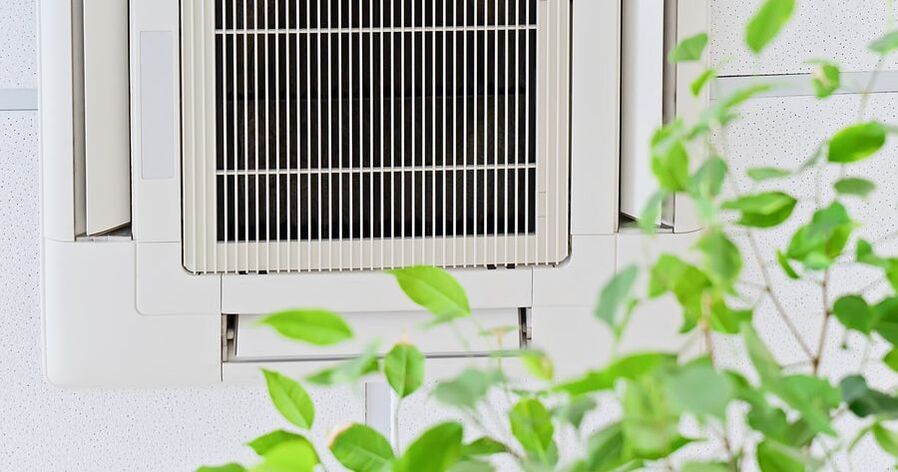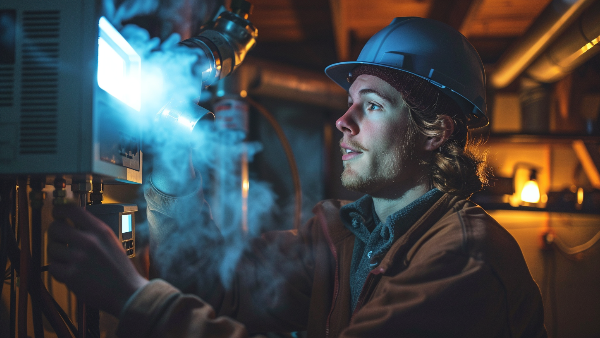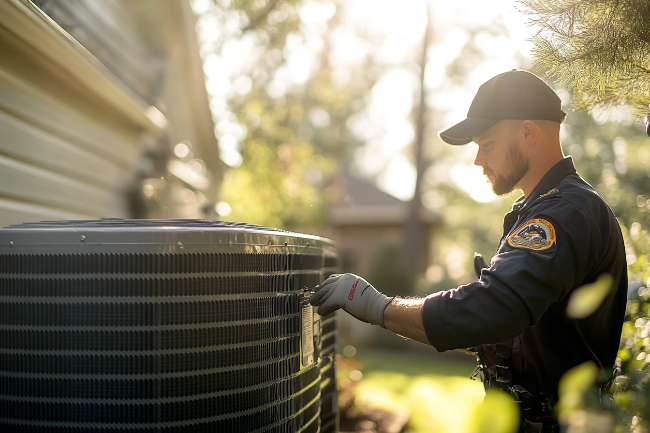How to Determine Your Home Air Quality
What You Should Know, And Do, About Home Air Quality
If you or someone in your family has respiratory health issues, such as asthma, allergies or lung disease, home air quality is a significant concern. Pollutants can add to or cause a variety of ailments, such as bronchitis and pneumonia, and there are deadly gases that you need to guard against as well. Along with being aware of the signs and symptoms of poor air quality, here are some steps you can take to better gauge what’s in the air you’re breathing at home, so you and your family can breathe easier.
Signs of Poor Home Air Quality
Many signs may point to poor indoor air quality in your home. One is a marked increase in symptoms that are common to allergies, such as sneezing, nasal congestion, headaches, nosebleeds and coughing. Contaminants, such as toxic mold and asbestos, can also affect your health, causing symptoms that include:
- Chills
- Fatigue
- Fever
- Rashes
- Nausea
- Dizziness
If you are battling bronchitis or pneumonia regularly, it may be due to in-home contaminants. Keep an eye out for construction projects in your neighborhood and monitor home projects as your HVAC system can circulate chemicals, dust particles and other pollutants throughout the home.
Checking for Mold
Whether you have suspicious symptoms or want to know more about your indoor air quality, check the simplest things first. For example, you may be able to detect mold simply by sight or smell. Check for visible signs, such as water spots and stains, black spots and dampness. Be alert to musty odors. If a good cleaning doesn’t dispel them, consult a professional HVAC contractor about conducting a test for mold.
Carbon Monoxide Detectors
Take advantage of equipment that can alert you to problems. Carbon monoxide is a deadly gas that is undetectable by sight, taste or smell. Because hot-water heaters, furnaces and stoves all produce carbon monoxide, building codes in many areas require that detectors be installed in homes. You can go the code one better by ensuring you have installed one on every level of the house, as well as near bedrooms.
Radon Testing
Tests are available at home improvement stores to detect radon, a radioactive gas produced by the natural breakdown of uranium in the soil. You must test for this odorless and invisible gas, which typically involves using charcoal to collect radon and mailing the device to a lab for analysis. Testing can be done on a short-term or long-term basis, with long-term results offering a better picture of whether the gas is present and in what amount.
Air Quality Monitors
There are a range of air quality monitors on the market that can check for dust particles, allergens, humidity and chemical pollutants. Monitors can also give you a long-range picture of whether these pollutants are increasing. Homeowners should also know how often to change air filters; every 90 days is sufficient in most cases. If you have pets, change them every 60 days. If you have allergies, change them every month.
Contact Us for Help
Mold can be difficult to find, while radon testing can prove elusive. For help with testing or to learn more about your home air quality, contact Next Level HVAC. To schedule a meeting, call our office at 707-228-9921.









